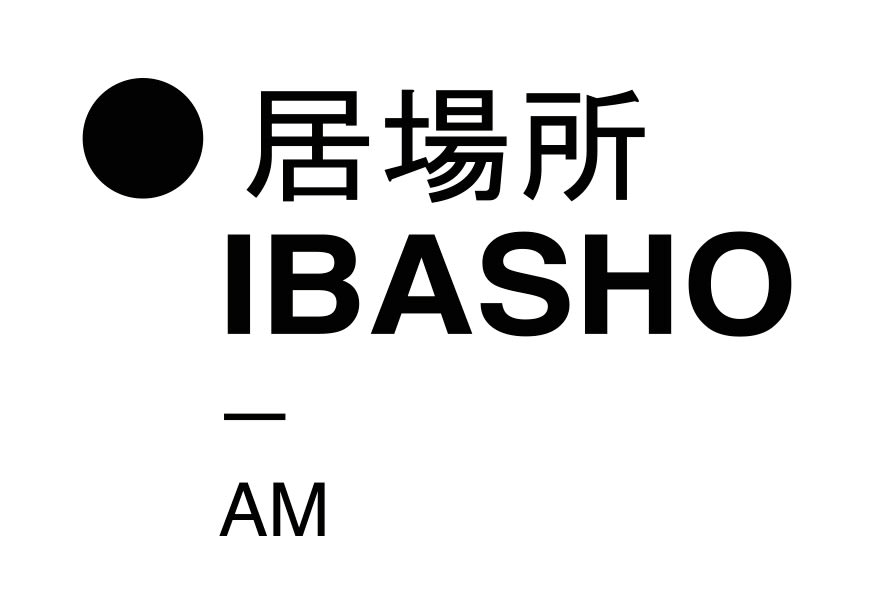For many years Kajioka Miho didn’t pursue her work as an artist, but tragedy returned her to it. After studying fine art in the U.S. and Canada, Kajioka arrived back in her native Japan and began a career in journalism. It was after the 2011 earthquake and tsunami that Kajioka was reconnected to her photographic art. Two months after the disaster, while reporting in the coastal city of Kamaishi, where over 800 people died, she found roses blooming beside a blasted building. That mixture of grace and ruin made her think of a Japanese poem:
In the spring, cherry blossoms,
in the summer the cuckoo,
in autumn the moon, and in
winter the snow, clear, cold.
Written by the Zen monk Dogen, the poem describes the fleeting, fragile beauty of the changing seasons. The roses Kajioka saw in Kamaishi bloomed simply because it was spring. That beautiful and uncomplicated statement, made by roses in the midst of ruin, made her realise that ‘everything is as it is’ and returned her to art.
Kajioka’s intimate, delicate, analogue prints insist on being regarded as not only images, but also as objects. The material physicality of her prints is affirmed through the asymmetric rims and edges, suggestive of wear-and-tear of having been in the world for a significant period of time. Kajioka’s images furthermore appear to enact memories through the toning of the prints with tea or coffee and the liberal use of empty spaces - half-remembrances, faded but still visible. They are moving towards nothingness, the ultimate simplicity, which is at the core of things wabi-sabi.

